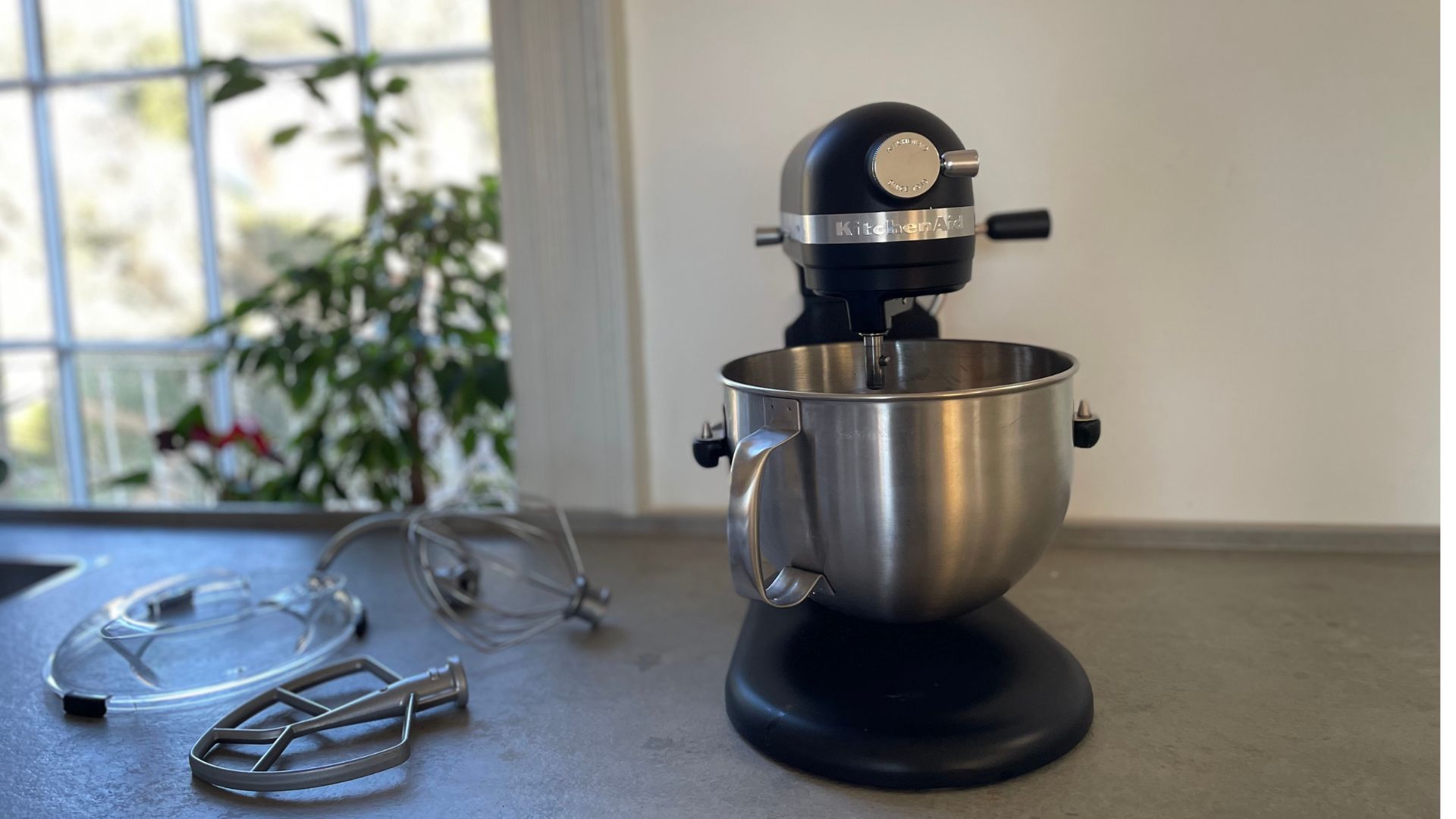
I'm always curious about what's in a professional's home kitchen. Surely, the best bakers in the country use the best appliances in their kitchen? I know I'm not alone in this curiosity because you've been asking me which stand mixer professional bakers use. I've finally found the answer. You won't be surprised.
KitchenAid have been making stand mixers for over a hundred years, so to say they have some experience in the world of baking is understating their expertise. You'll already know them for the tilt-head Artisan stand mixers that top lists of the best stand mixers across the board, but if you dig into their collection, you'll find some serious pieces of kit.
Melissa Jackson, Qual Artisan Baker, told me "your first clue that a stand mixer is set up for professional work is if it's a bowl-lift model. This'll have a heavier base and sturdier set-up, so that it can handle tough doughs." After doing a lot of research, Melissa, and the other bakers that I interviewed all seemed to come to the same conclusion. The KitchenAid Artisan 6.6-litre Bowl Lift Stand Mixer is the one that a professinal, or ambitious, baker needs in their home. Of course, I had to test it out.
Specifications
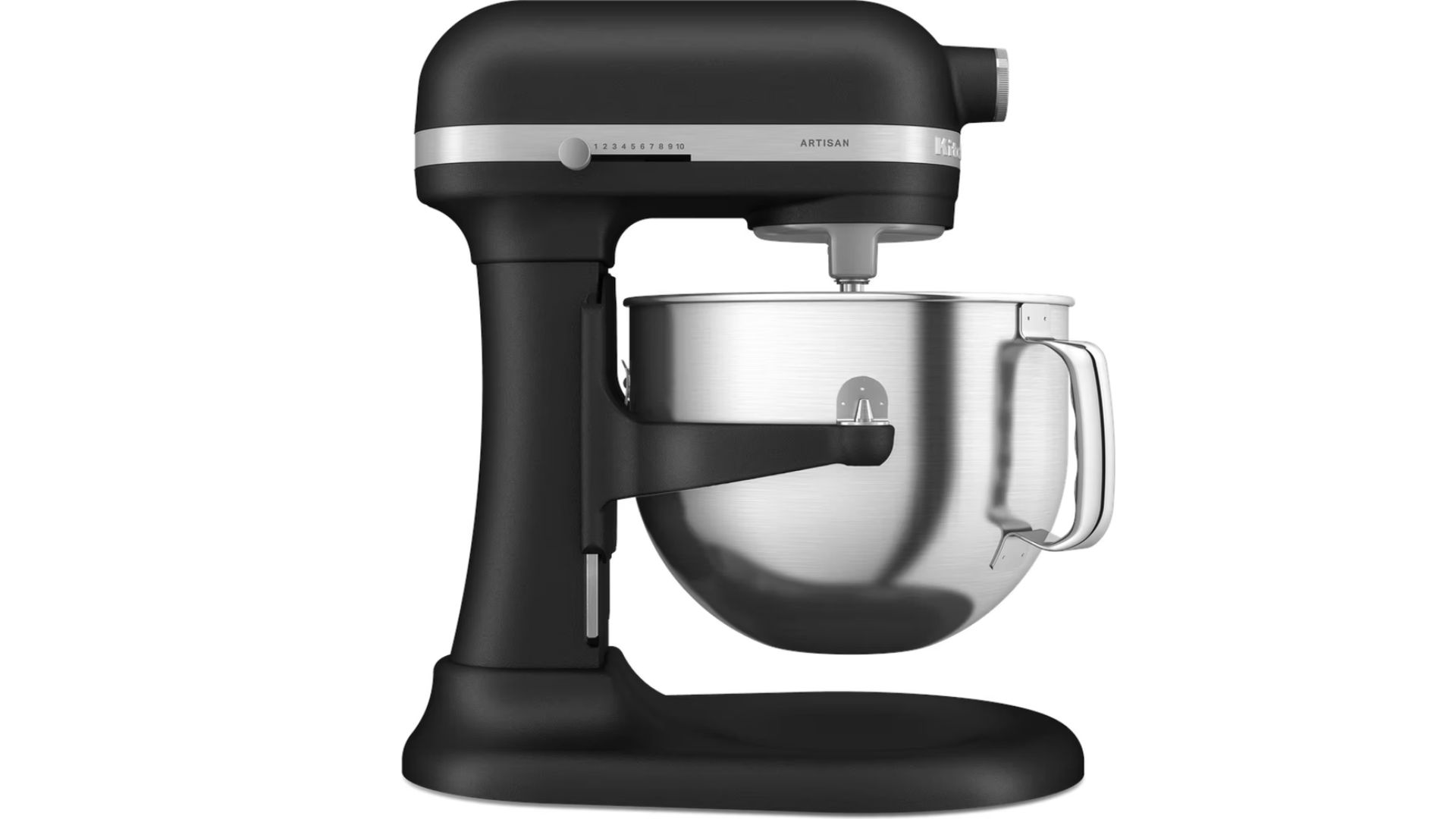
Unboxing

I love KitchenAid stand mixers. I especially love when they arrive in pristine condition, which is why I can forgive the packaging that comes with the Artisan. There’s a lot of polystyrene that comes with the bowl and around the body and you’ll have to put it into the main bins. It’s not ideal, but it’s worth it.
This comes with a splash guard, whisk, k-beater, flex-edge beater, and dough hook. If you go for a standard KitchenAid, the flex edge beater and the splash guards are often not included, so these are your first indications that this is a stand mixer that’s been designed for more enthusiastic bakers. These are all stainless steel and silver coated too, so the whole stand mixer feels like a serious piece of kit. No wonder it’s the baker’s choice.
Who would it suit?
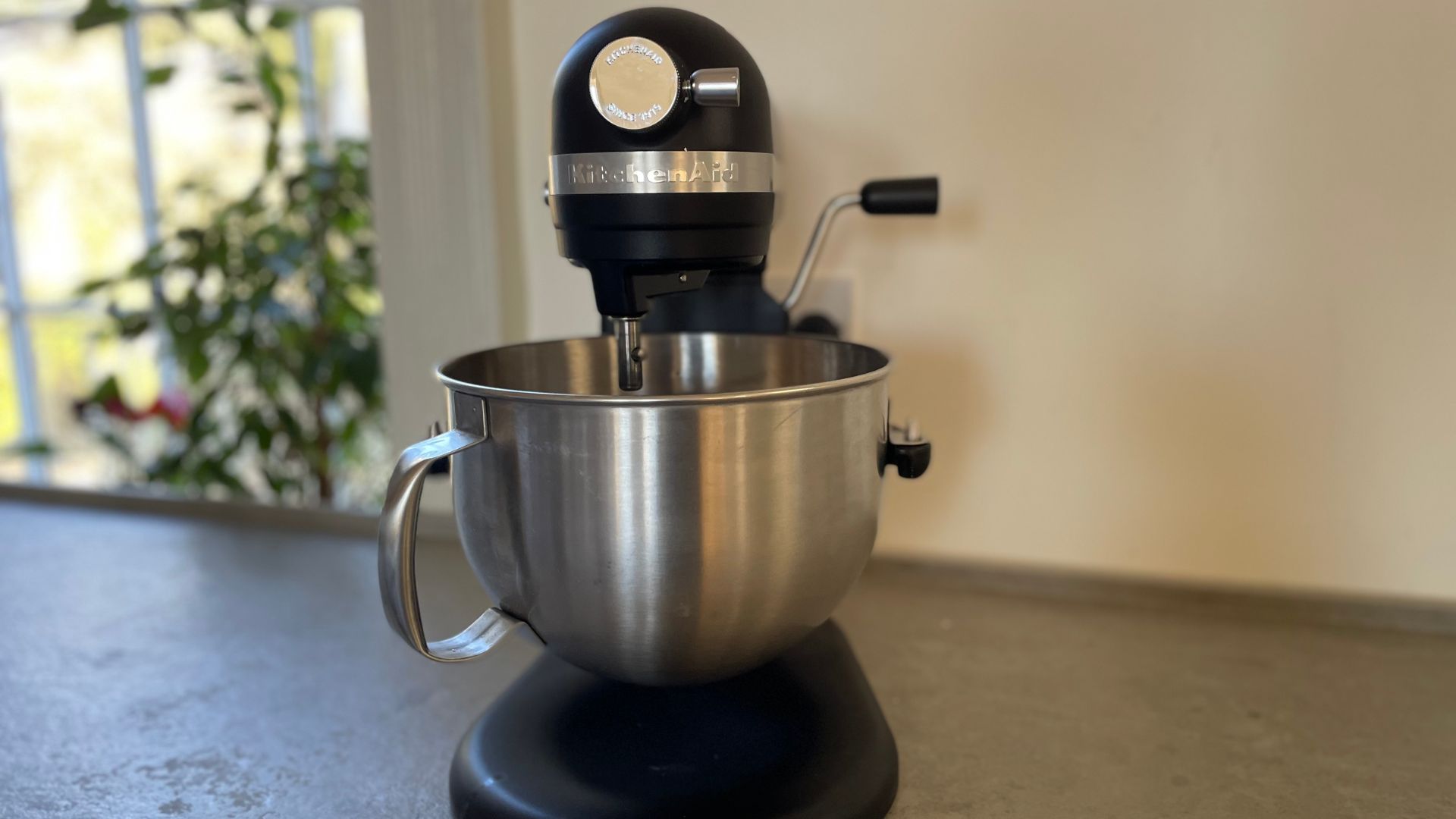
As you might have guessed from the people who recommended this to me, the Artisan 6.6-litre stand mixer is for people who take baking seriously. This is the biggest, most powerful model that the brand makes and it's only just classed as domestic — you could make a lot of cupcakes and bread dough in this. If you want the numbers, KitchenAid says you could make 14 pizzas worth of dough, 40 cupcakes, and 48 cookies in here. You’ll be hosting parties just to use up the food you're producing.
Melissa Jackson, Qual Artisan Baker, told me "this is a strong stand mixer. It boasts 1.5 times more power than other KitchenAids and it's still less likely to overheat, even when I'm putting it through its passes. The KitchenAid is also made from more robust materials which is actually why I got it, because even the attachments are more durable than all the other mixers that I've used. It feels like a sensible investment because I bake with mine so often and I really make it work hard when I am baking."
There are some other nuances that will appeal to more sophisticated cooks (and that beginner bakers might be happy to skip in favour of saving a few hundred pounds). The example that first springs to mind is the half-speed setting, which mimics hand folding. This is a very rare and new addition to stand mixing and I for one am very happy to see it making an appearance. It's also weightier in the base, which is one of the reasons that Melissa opted for it in her kitchen. She says "it doesn't wobble like tilt-head mixers can when I'm making my doughs and develops the gluten really nicely."
What is it like to use?
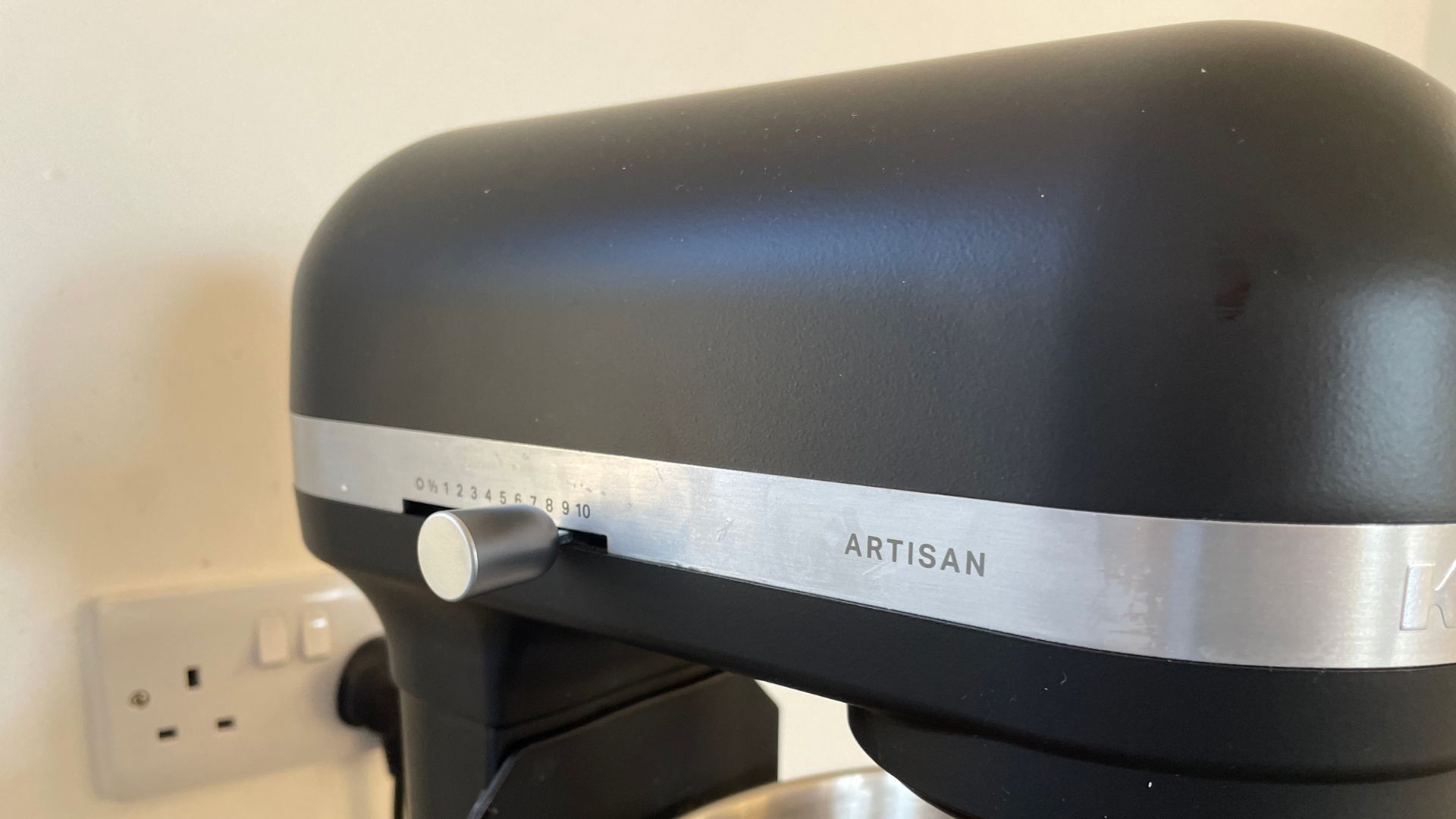
There are two things you need to know about using the KitchenAid Artisan 6.6-litre Bowl Lift Stand Mixer (aside from the fact that the full name is a real mouthful). The first is that this is a bowl-lift model, which means that you crank a lever to raise and lower the bowl, rather than tilting the head. This means that the mixer feels like a more heavy duty build. The base is wider and it's often heavier, to keep the stand mixer stable with tougher doughs and mixers. You're beginning to see why this is the choice for professional bakers.
The second thing you need to know about using this is the different speed settings. Most of the tilt head stand mixers work in one or two grade increments for speed. The classic, for example, goes 0, 1, 2, 4, 6, 8, 10. It's about all you need for regular baking, but if you want to do slow mix ins and you notice the nuances in your cooking, you'll want something with a half speed and one that works through settings in single increments, such as this one.
I'll tell you more about the very rare half speed setting, because it's a special KitchenAid feature. The brand rarely switches things up, so this little addition is pretty groundbreaking. I've added blueberries to muffin mixes and folded whipped egg whites into souffles. This half speed setting is incredibly gentle and very consistent. It also facilitates a very gentle, slow start, so your mixing bowl won't spew flours and powders over the surface.
Test 1: cake
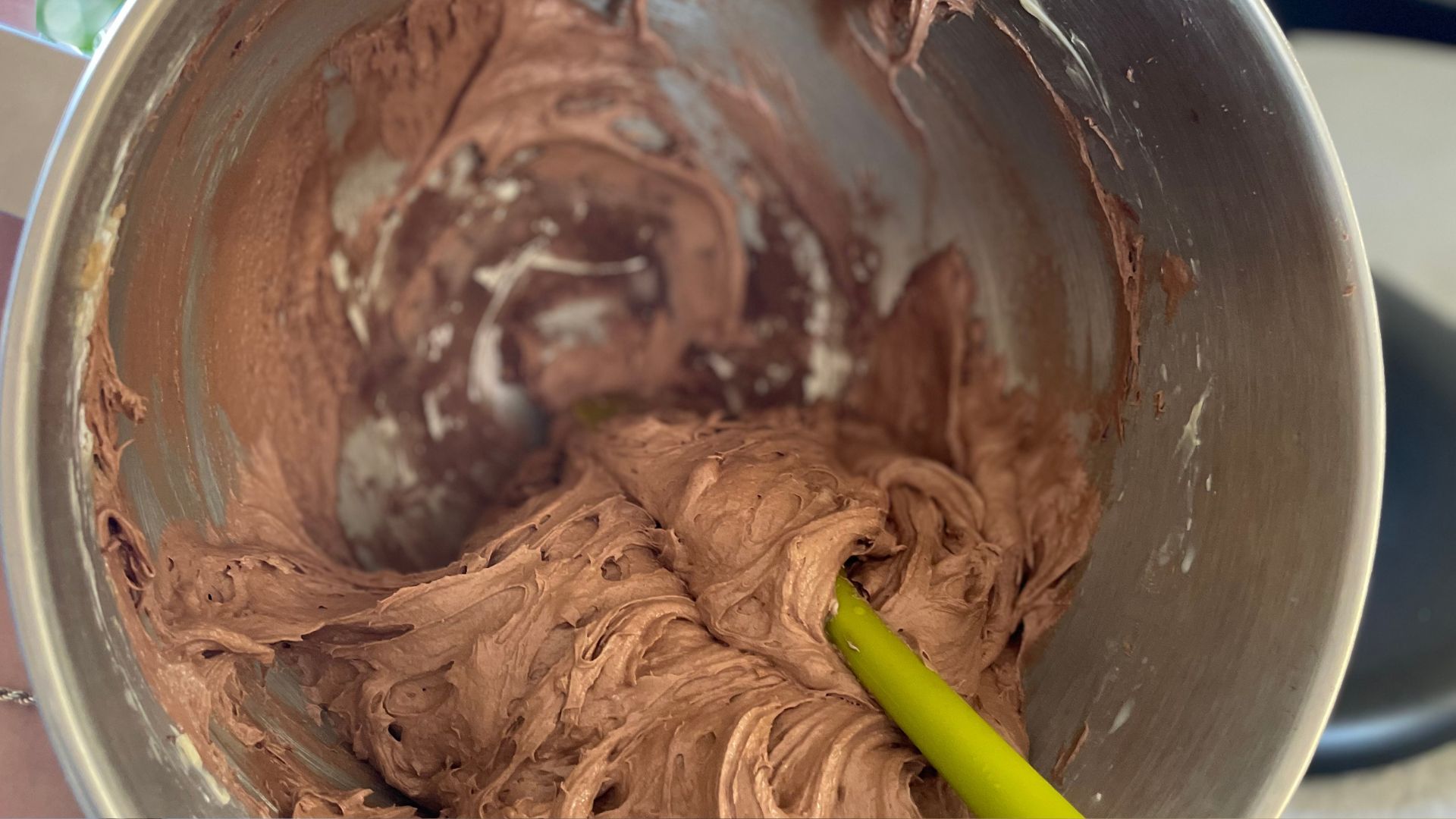
My classic test for all stand mixers is making a chocolate cake. I followed my usual process using the k-beater to cream butter and sugar together. I whipped through this in about a minute, even though the butter was colder than I would have liked. Then, I added in my flour, cococa powder, eggs, baking powder, and vanilla. I started mixing on the half speed, testing out whether the flour would puff into the air, but it all stayed low in the bowl. That's a result.
I increased the speed and things stayed tidy. The batter whipped up into a perfect mix in a matter of minutes. On my first run through, I noticed that some of the batter at the bottom of the bowl had almost stuck and hadn't worked into the rest of the mix. I wasn't surprised, because it didn't look like the k-beater was reaching the bottom.
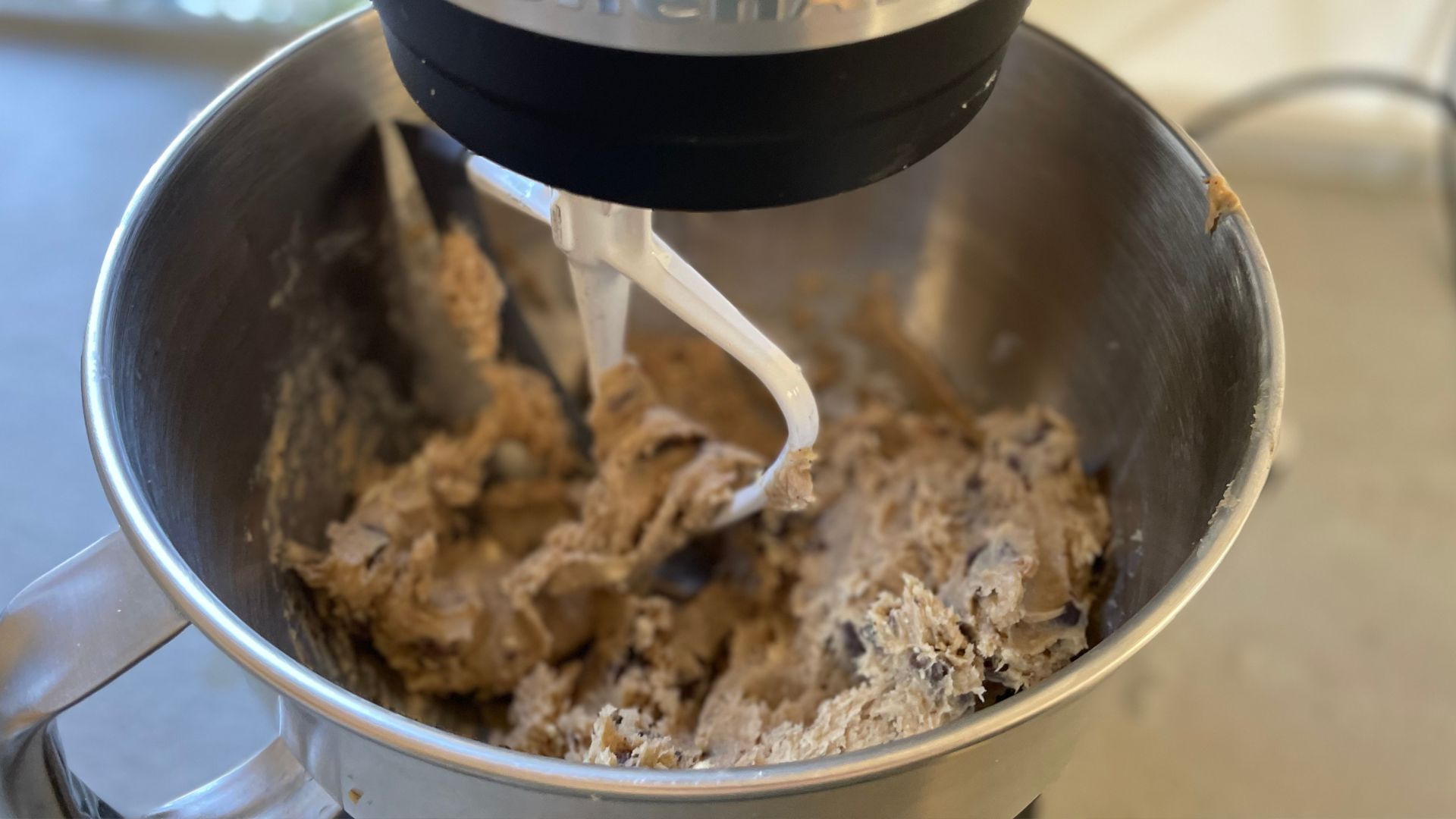
After a bit of research, I found out that this isn't a KitchenAid fault, it's actually a common mistake that lots of people make with their KitchenAids. The back of the bowl manually adjusts up and down. You need to slide it into the perfect position for your mix. It makes sense, because a 6.6-litre bowl might be full to the brim or almost empty in a domestic kitchen, so the machine had to be flexible somehow. I'll link to the video that shows you how to make the adjustment, just in case that's you.
After fixing the adjustable issue, I whipped up blueberry cupcakes, using my half speed folding setting, of course. I also made brownies, more chocolate cake, cookie doughs, and more chocolate cake. I still prefer the classic k-beater for all my mixes, but that's probably out of habit. The flexible edge k-beater was useful for keeping the sides of the bowl clean, even if it's a little less robust. I'd use it for my cupcake mixes, but not my cookie doughs.
Test 2: bread
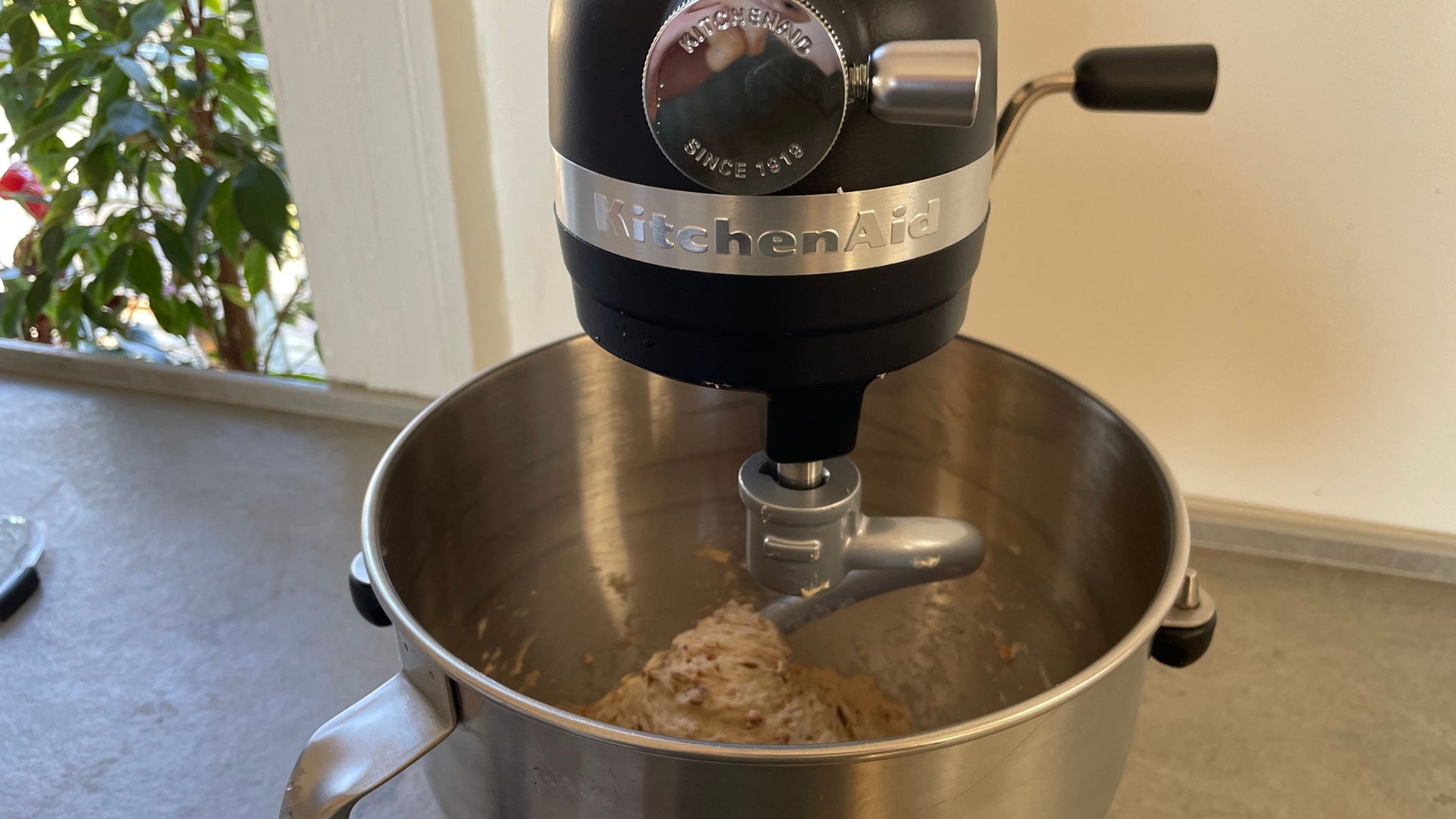
I came to this off the back of the bread-specialist stand mixer, the Ankasarum. I'll compare these two further down the article, but just know, this had some big boots (or should I say loaf tins?) to fill.
I made my signature brown bread dough in here. First, I made a loaf with 500g of flour. This is about family-sized and the brown flour can be stiffer than white, so it's a good test of how robust the stand mixer's stature is. As you might expect, this kneaded its way to a smooth, elastic dough in six minutes. Ever the sceptic, I took this out of the bowl and gave it some time kneading with my hands and I was surprised at how supple this felt. The gluten developed really nicely. The proof was in the final bake, which delivered a beautifully light, well-risen loaf.
That all sounds simple, so I doubled the amount and made enough dough for two loaves. I lowered the bowl (using my new hack) and let the machine knead for eight minutes. The beautifully consistent KitchenAid delivered another stunning ball of dough. It pulled cleanly away from the sides of the bowl and the mixer didn't sound like it was even breaking a sweat working through my tough, big load of dough.
I went on to use this for brioche, white bread, and my weekly sourdough and this worked just as well on wetter and softer doughs, even the delicate (and sticky) enriched ones. It's an impressive workhorse of a stand mixer. This is why I ask my baker friends for recommendations.
Test 3: whipped cream
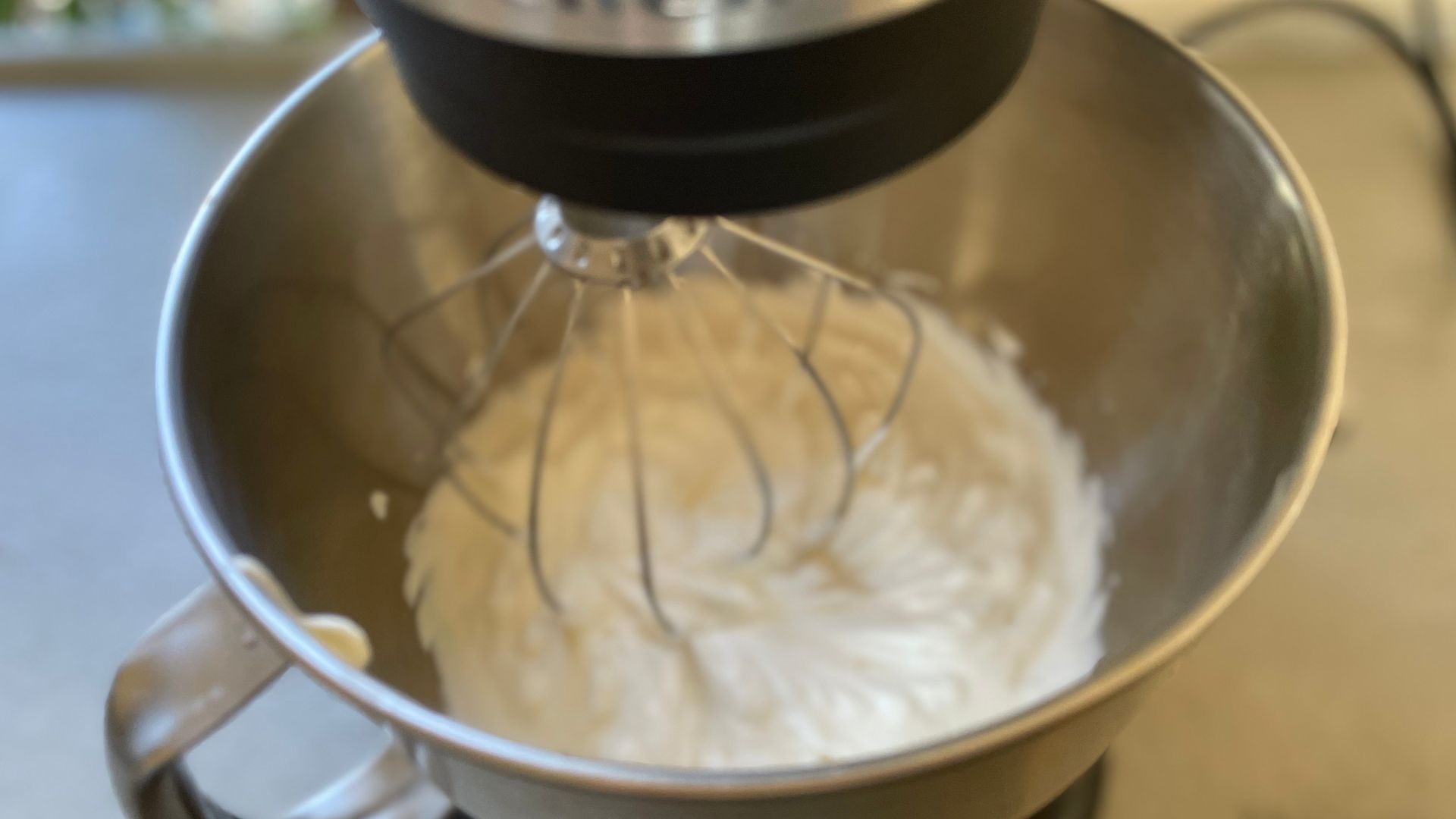
Given the impressive results of the cake and bread tests, I felt pretty confident that this would deliver some thick, light cream. The wide whisk whipped lots of lovely air into the double cream that I was testing. I ran it on the top speed (10) for one minute and I could already see some thick trails running through the cream. Almost thirty seconds later, my big 750ml pot of double cream had been whipped until it was on the edge of teetering into butter. My maths puts that at nearly a two-minute success. That's unheard of, especially for nearly a litre of cream. I'll grant you that speed 10 doesn't quite deliver the soothing sounds of classical music in the kitchen, but it's worth suffering through for speedy results.
I also whipped some vegan double cream, which can be notoriously slow to respond and got some delicious results. It only took three minutes to get a satisfyingly creamy, thick result.
The cream test in particular highlighted how useful it is to have a handle fitted to the bowl. This is nice and wide, so you can get a good grip on the handle and it's comfortable enough to distribute the weight well across the whole bowl.
Cleaning
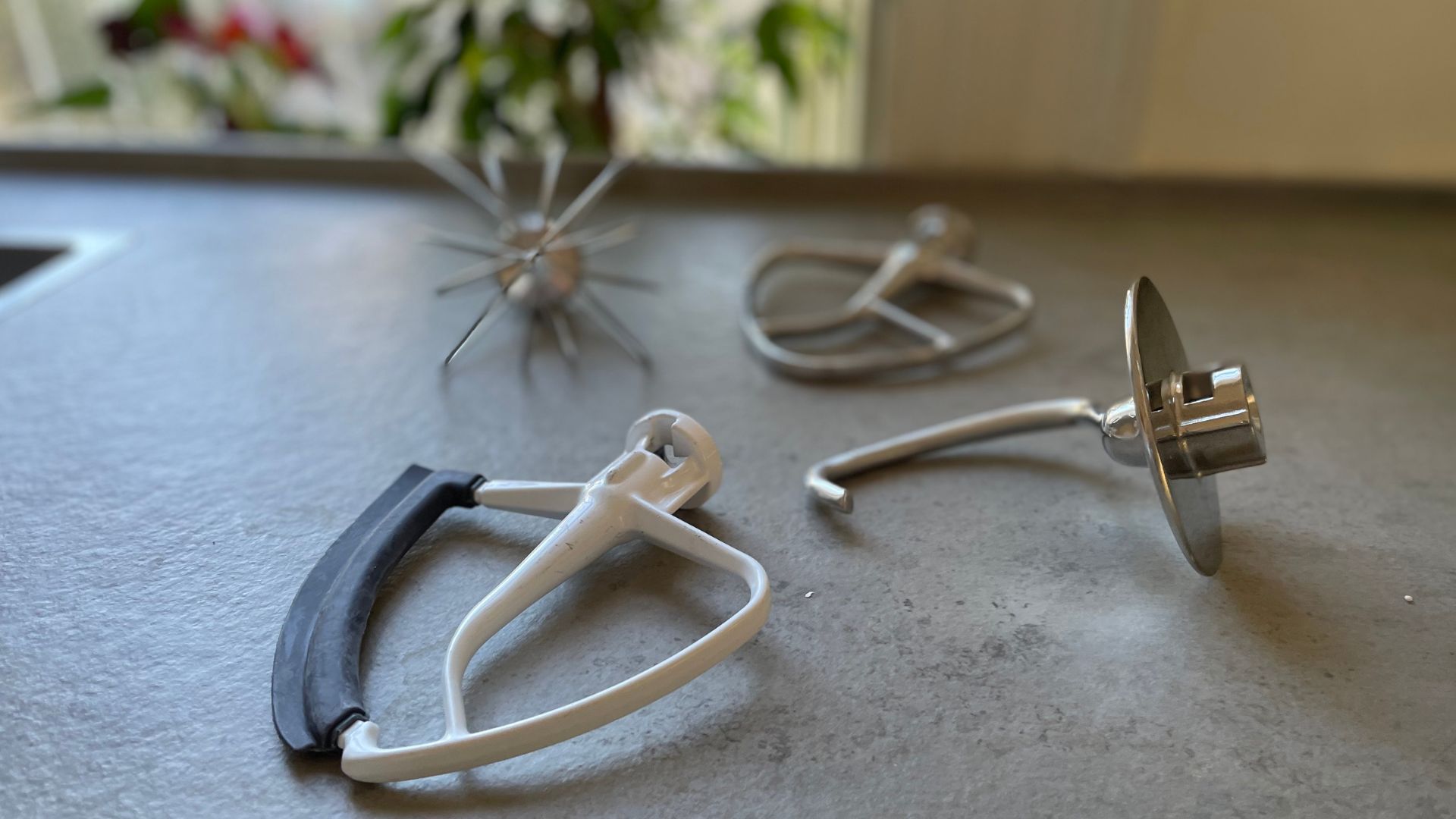
The beauty of a KitchenAid is that all the accessories and bowl are dishwasher safe. Once you're done with your baking, it's nice to know that you haven't got a big task washing up ahead of you. It's a simple way to end your baking. However, I would throw in a little caution. If you want all of your accessories to stay in better condition for longer, you should wash them by hand. I use gentle washing up liquids, such as Ecover and Method, with some warm water and a gentle sponge. They do the job of keeping the stand mixer sparkling clean and I promise they'll look better.
How does it compare?
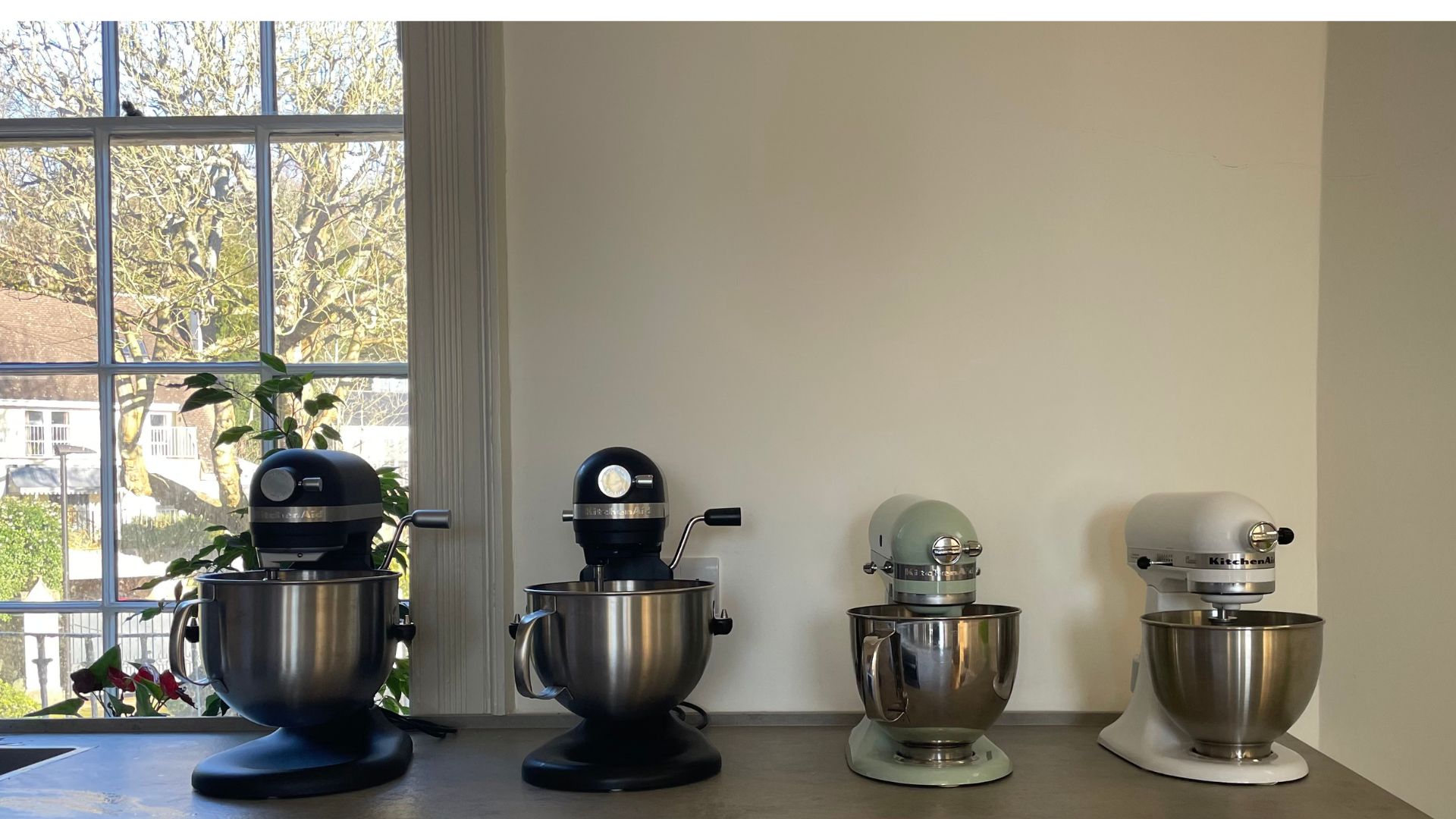
I teased you earlier about the comparatively impressive stand mixers out there. If you're a serious baker and you want a sturdy stand mixer that can handle large quantities and tough doughs, the Ankasarum should be on the table.
This comes with a rotating bowl, rather than a rotating head, which I find to be more helpful on thicker, tougher doughs. It has a more powerful motor (1,500 watts) as well as a 7-litre bowl (instead of the KitchenAid's 6.6-litre bowl), and a whole host of niche, effective accessories that cover very specific baking needs. It's more complex than the KitchenAid at first and so can seem intimidating. It's also slightly more niche, so finding Ankasarum compatible accessories might be trickier than with KitchenAids. In spite of this, it's cheaper. So, if you're serious about getting a professional-quality stand mixer and you want to save a little money, this is perfect.
If you're thinking this sounds like a lot for your humble kitchen and simple cookbook, it's worth looking at some more pared-back KitchenAids. The tilt-head Artisan Stand Mixer is a little less bottom-heavy and stable, so working through tough doughs could be tricky. However, for your simple baking needs, the Artisan is perfect. I've never met a home baker who was held back by their Artisan. It's cheaper and smaller too.
Should you buy it?
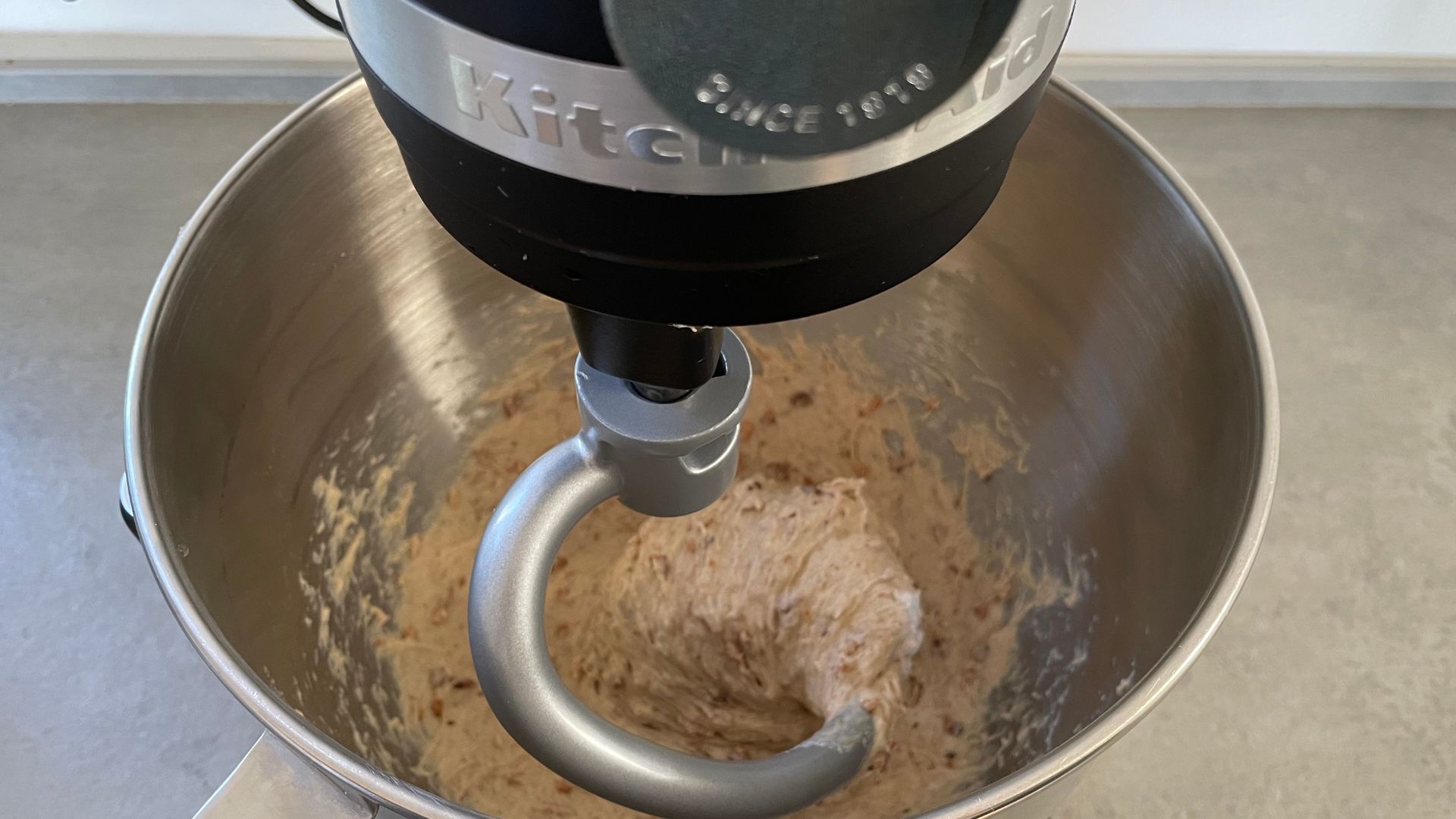
If you are a serious baker and you want a stable, robust, and hard-working model for your kitchen surfaces, look no further. This is the one that professional bakers use, so you can bake safely with the knowledge that your stand mixer will never be the limiting factor in the kitchen. Alternatively, if you're intimidated by the big numbers and large footprint, the KitchenAid Artisan is a great alternative.
How we test

I love to bake, which means that all of the stand mixers that we review get more than their fair share of wear-and-tear. I keep these on my counter for weeks, if not months, using them to make cakes, knead bread, and whip creams. These are my standard tests that every stand mixer goes through, but I like to test them on lots of different recipes, doughs, and vegan alternatives, so that I get a really good idea of the extent of a stand mixer's capacity.
As a result of having tested all the best stand mixers, I naturally end up comparing the different stand mixers as I use them. I would always want to shop around before buying something, but that's why I am useful to you. I can eliminate the shopping fatigue and cherry pick the most competitive alternatives that I think you should consider if you want to get more from your mixer (or if you want to save some money too).
If you want to find out more about how we test stand mixers, you can visit our dedicated page.







